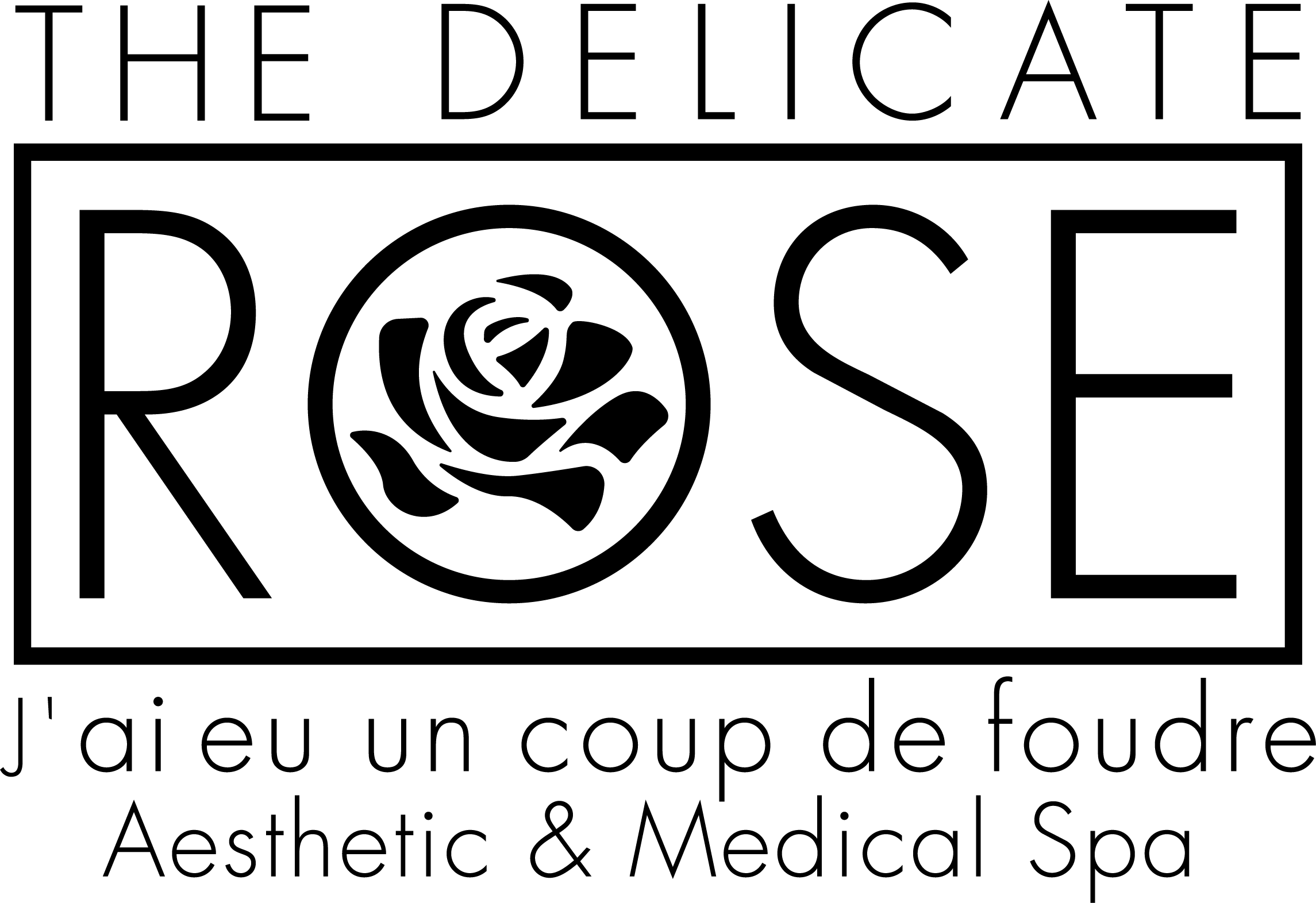Skin Laxity
What is skin laxity?
Skin laxity, also known as skin sagging or loose skin, refers to the loss of firmness and elasticity in the skin. As people age, the production of collagen and elastin decreases, leading to a reduction in skin elasticity and firmness. This decline in elasticity contributes to the appearance of sagging or loose skin. Skin laxity can occur in various areas of the body, including the face, neck, arms, abdomen, and thighs. While some degree of skin laxity is a natural part of aging, there are cosmetic procedures and skincare interventions that can help improve skin tightness and reduce the appearance of sagging skin.

What are the causes of skin laxity?
Aging: The natural aging process involves a gradual breakdown of collagen and elastin fibers in the skin, leading to reduced skin elasticity.
Genetics: Genetic factors play a role in determining an individual’s predisposition to skin laxity. Some people may be genetically more prone to developing loose skin.
Sun Exposure: Prolonged exposure to ultraviolet (UV) rays from the sun accelerates the breakdown of collagen and elastin fibers, contributing to premature aging and skin laxity.
Weight Fluctuations: Significant weight loss, especially when it occurs rapidly, can result in excess or sagging skin. This is particularly common after substantial weight loss, such as with bariatric surgery or intense dieting.
Poor Nutrition: Inadequate nutrition can affect the skin’s ability to maintain its structural integrity. A lack of essential nutrients may contribute to skin laxity.
Hormonal Changes: Changes in hormone levels, particularly during menopause, can affect skin elasticity.

Prevention
Healthy Lifestyle Choices: Consume a nutrient-rich diet with a focus on fruits, vegetables, whole grains, lean proteins, and healthy fats. Nutrients like vitamins C and E, zinc, and antioxidants support skin health.
Weight Management: Maintain a stable, healthy weight to minimize the risk of rapid weight loss and excess skin. Gradual weight loss through a balanced diet and regular exercise is preferable.
Regular Exercise: Physical activity promotes overall health, including circulation and collagen production. Include both cardiovascular exercises and strength training in your routine.
Proper Skincare: Use a moisturizer to keep the skin hydrated and improve its elasticity.
Medical Treatments: Non-invasive treatments like radiofrequency, ultrasound, and laser therapies can stimulate collagen production.
Corrective Treatments
A Chemical Peel is an acidic gel made of naturally occurring acids such as alpha hydroxy acid (AHA), beta-hydroxy acid (BHA), glycolic or salicylic acid combined with other skincare products ingredients. Chemical peels are often used in combination with micro-needling to resurface and improve the skin’s health.
Anti-Wrinkle Injectables work to prevent the formation of static wrinkles by stopping the signal between the nerve and muscle. The decreased movement in the muscle places less stress on the skin helping you maintain a fresh and youthful appearance. This treatment is most effective when used as a preventative measure.
Microneedling, also known as Collagen Induction Therapy, is a procedure that utilizes instruments containing rows of thin needles that penetrate the dermis to a uniform depth, creating a controlled skin injury. This micro-injury stimulates the body’s natural wound healing process, leading to the production of collagen and elastin, resulting in skin remodeling.
Dermal fillers can be used to restore volume to areas of the face like the cheeks, temples and nasolabial folds. They can be used to add volume to thinning lips, enhance the chin and cosmetically re-shape the nose and even the hands. Our fillers are safe and don’t require you to stay off your feet when you’re done.

